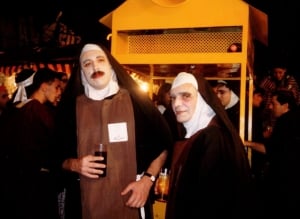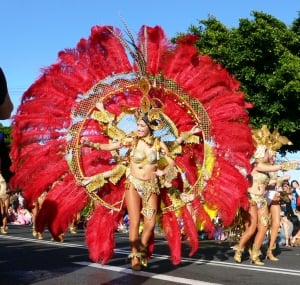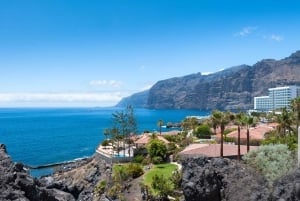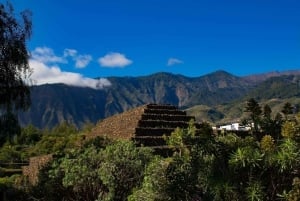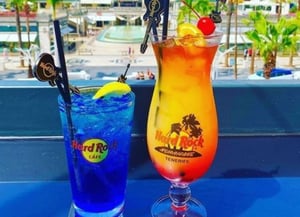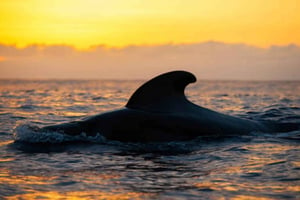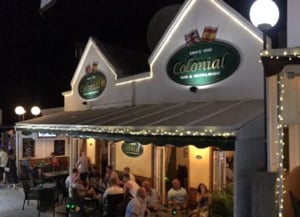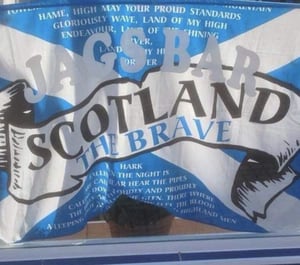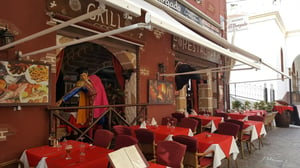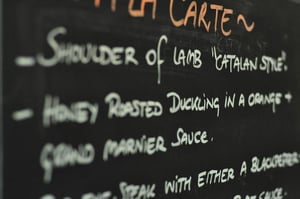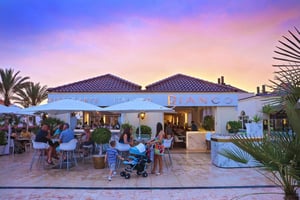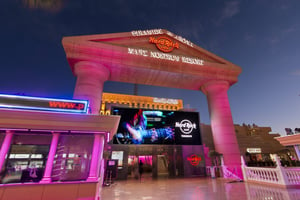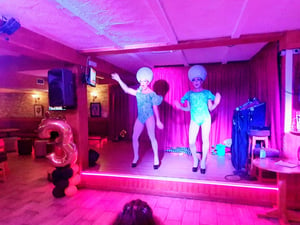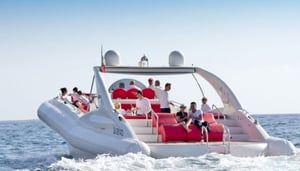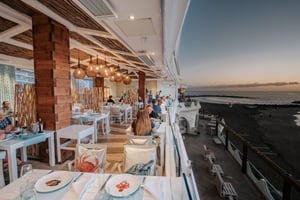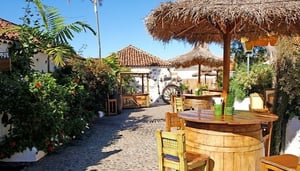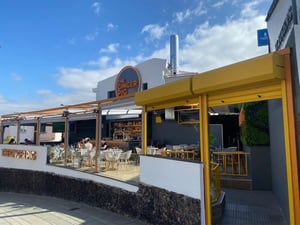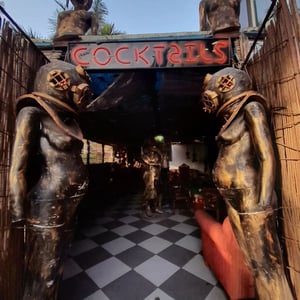10 Things You Didn't Know About Carnival in Santa Cruz
Last Chance to Let Your Hair Down Before Lent!
If you’re watching Donald Trump snog Hilary Clinton, a six foot rabbit downing a Mojito, and Mother Teresa shaking her hips like Shakira to salsa music - and you're not dreaming - the chances are you’re celebrating Carnival in Tenerife.
Here’s ten things you probably didn’t know about one of the world’s biggest street parties.
1. Carnival is believed to have started in medieval times when Christians feasted on their remaining meat in preparation for fasting at Lent. Hence “carne valle”, meaning “goodbye meat” in Latin, is from where the term derives.
2. Carnival is first thought to have been brought to the island by Spanish invaders in 1494. Their close ties with South America are behind Tenerife Carnival’s strong Latino influence.
3. In the middle ages the Catholic church declared Carnival blasphemous. Consequently, people wore costumes and masks to hide their identity. Thus the tradition for wearing fancy dress.
4. Carnival in Tenerife is famous for being the second largest in the world behind Rio de Janeiro's. For this reason, Santa Cruz is officially twinned with the Brazilian capital.
5. During General Franco's dictatorship (1939–1975) Carnival was prohibited. Locals renamed it the “Winter Parties”, to sidestep the ban.
6. In 1987, 250,000 revellers congregated for a Carnival concert by Cuban singer Celia Cruz. The Guinness Book of Records recorded it as the largest gathering of people in an outdoor plaza.
7. Since 1987, the Carnival has taken on annual themes. This year’s is the Deep Blue Sea, to highlight the problem of micro-plastics polluting the ocean.
8. In May 2000, the Federation of European Carnival Cities voted Santa Cruz the Carnival Capital of the World, ahead of the Rio and Notting Hill Carnivals.
9. With demand for hotels in Santa Cruz being so high, a two star room for the final night is currently priced at an eye-watering €1993.
10. Carnival usually starts on a Friday in February with an opening ceremony. Daily parades and nightly street parties continue until The Burial of the Sardine the following Ash Wednesday.
The procession carrying an effigy of a giant sardine, is followed by men dressed as sobbing widows, locals masquerading as Popes and Bishops and Nuns imitating blessings. The fish symbolises the indulgences of Carnival and once burned and buried, are considered forgiven.
After a brief hiatus, the party starts up again for the Piñata - the last weekend of Carnival.
For more details of individual Tenerife Carnival events, check out our Events section.


